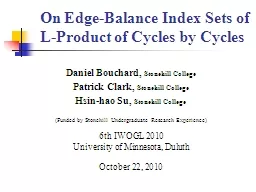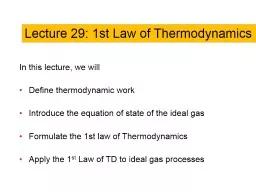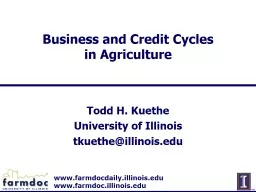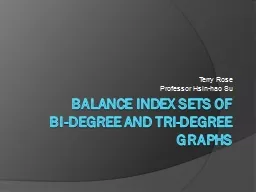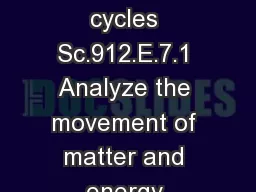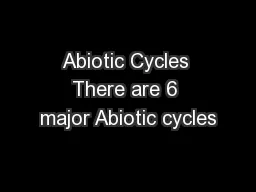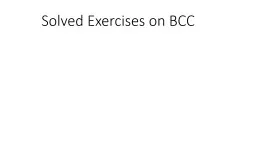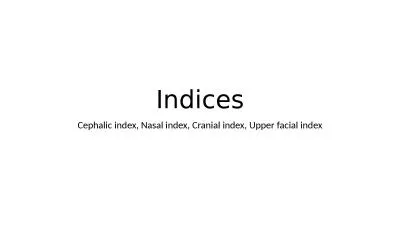PPT-On Edge-Balance Index Sets of L-Product of Cycles by Cycle
Author : sherrill-nordquist | Published Date : 2017-12-14
Daniel Bouchard Stonehill College Patrick Clark Stonehill College Hsinhao Su Stonehill College Funded by Stonehill Undergraduate Research Experience 6th IWOGL
Presentation Embed Code
Download Presentation
Download Presentation The PPT/PDF document "On Edge-Balance Index Sets of L-Product..." is the property of its rightful owner. Permission is granted to download and print the materials on this website for personal, non-commercial use only, and to display it on your personal computer provided you do not modify the materials and that you retain all copyright notices contained in the materials. By downloading content from our website, you accept the terms of this agreement.
On Edge-Balance Index Sets of L-Product of Cycles by Cycle: Transcript
Download Rules Of Document
"On Edge-Balance Index Sets of L-Product of Cycles by Cycle"The content belongs to its owner. You may download and print it for personal use, without modification, and keep all copyright notices. By downloading, you agree to these terms.
Related Documents

